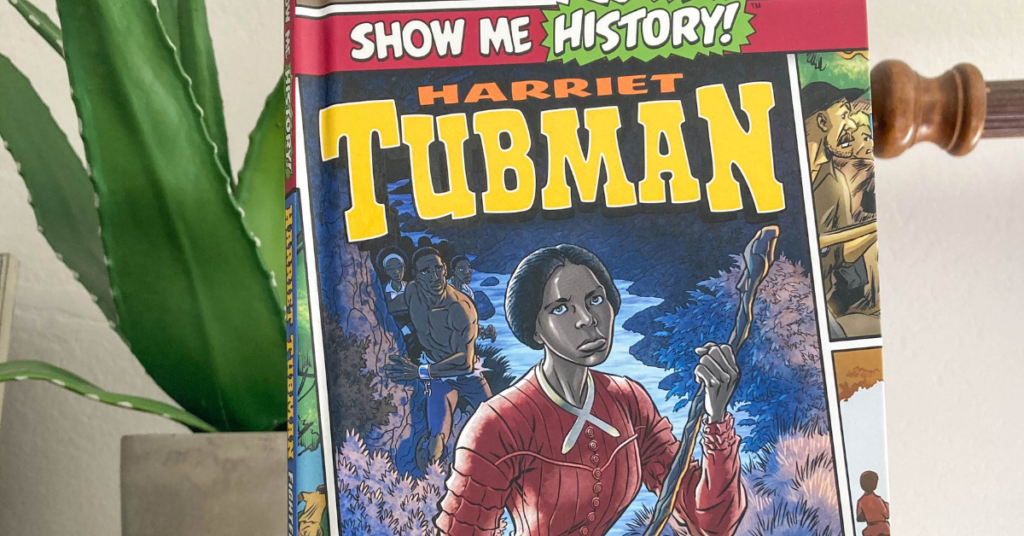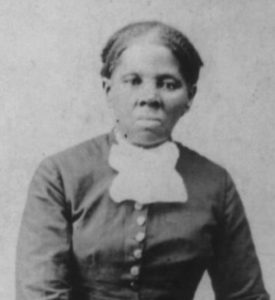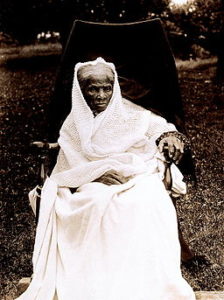Many northern states banned slavery by the mid-1800s, but the immensely ugly practice continued in the South, ended only after presidential action, a constitutional amendment, and a Civil War. Until that point, enslaved Americans fleeing the South did so with the assistance of the Underground Railroad, a secret network that got people safely into the north. Its most famous member: Harriet Tubman.
Harriet Tubman
Tubman was born on a Maryland plantation sometime between 1815 and 1825. It’s not known exactly when — birth records weren’t generally kept for slaves.
Her birth name was not Harriet Tubman. Also nicknamed Minty, Moses, and General Tubman, she took on the name Harriet while working the Underground Railroad as a tribute to her mother, Harriet Ross. The Tubman comes from first husband John Tubman. The freedom-fighter’s birth name was Araminta Ross.
At the age of five, Tubman was injured when a two-pound weight hit her in the head, leading to lifelong medical consequences including seizures, headaches, narcolepsy, and vivid visions and dreams.
Tubman escaped slavery for the first time in 1849. She and her brothers turned back, only for Harriet to set out again on her own not long after. Tubman successfully travelled to the free state of Pennsylvania, 90 miles away, with the assistance of the burgeoning Underground Railroad. Before long, she was helping to run that very operation.
In her service on the Underground Railroad, Tubman took 19 trips into Maryland, helping to save a total of about 70 slaves.
Harriet Tubman: Fighter for Freedom!, the life story of Harriet Tubman—escaped slave, abolitionist, and champion of women’s rights—in graphic novel format.
During the Civil War she worked as a cook, nurse, and spy for the Union Army. In June 1863, she became the first and only woman to lead an armed attack during the Civil War. The Combahee River Raid, in which Tubman commanded a fleet of 150 Black soldiers, freed 750 men and women from slavery in South Carolina.
While slavery was eventually abolished, thus ending the need for the Underground Railroad, Tubman never stopped trying to help. After the Civil War, she established a home for the elderly in Auburn, New York. She also adopted a daughter named Gertie with second husband, Nelson Davis.
Harriet Tubman
Harriet Tubman died of pneumonia in 1913. She was buried at the Fort Hill Cemetery in Auburn, and she received full military honors at her funeral.
To learn more about this true American hero, check out the latest in our fully illustrated Show Me History line: Harriet Tubman: Fighter for Freedom. It’s available now.












